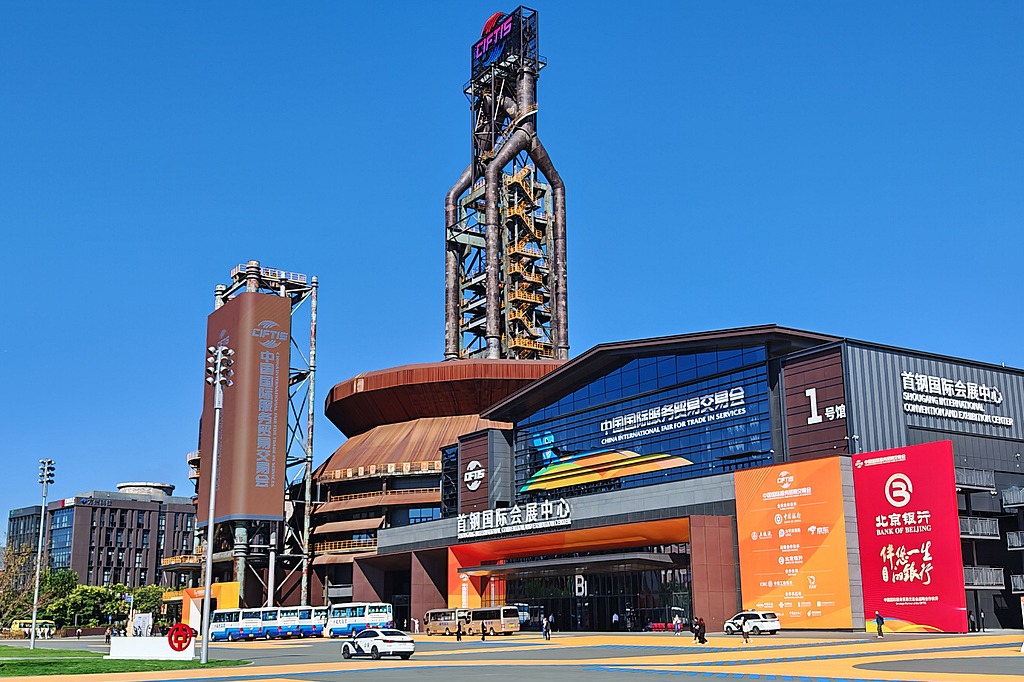Chinese companies expand abroad in hard times


Progress made in developed and emerging markets
Chinese brands, including gaming companies, smartphone makers and short video apps, are continuing to expand their overseas business despite fallout from the COVID-19 pandemic, and international awareness of those brands is seeing a sustained rise, experts said.
Chinese brands are generally stronger in developed markets, but some categories-including transportation apps, cars and e-commerce-are doing particularly well in emerging markets, according to a report issued by Google and Kantar Group, a data analytics and brand consulting company.
The report, the Top 50 Kantar BrandZ Chinese Global Brand Builders 2021, said the top 10 Chinese global brand builders are Alibaba, ByteDance, Huawei, Xiaomi, Lenovo, Oppo, Hisense, Haier, One-Plus and Vivo.
"Over the years, we have seen that Chinese companies that have invested in building their brands are able to achieve sustainable, quality growth and find resilience during financially stressed times," said Annabel Lin, managing director of China solution specialists and Asia-Pacific international growth at Google.
During this challenging time, those brands have managed to stay the course and increased their trust and relevance with consumers around the globe, Lin added.
The 2021 ranking surveyed more than 860,000 consumers in 11 markets, including seven developed markets-Australia, France, Germany, Japan, Spain, the United Kingdom and the United States. Surveys were also done in four emerging markets-India, Indonesia, Mexico and Brazil-where consumer interest in Chinese brands is rapidly growing and where more Chinese brands are starting to find opportunities, the report said.
Although Chinese brands have been affected by the pandemic, they have continued to invest in brand building to develop their business overseas. Top Chinese brands also have seen continued growth in awareness of their brands in developed markets, according to Kantar.
The past two years were certainly the most challenging for Chinese brands going overseas. In the face of global disruption, the Top 50 Chinese brands remained aligned with their core values and pivoted to new approaches. By moving quickly on the right strategic insights, they found ways to not merely survive, but to grow quickly during disruptive times, the report added.
The top 50 Chinese global brand builders report reached its fifth anniversary in 2021. Google and Kantar began to analyze Chinese global brands in 2017.
"For the first four years of the ranking, one of the main tasks Chinese companies were urged to undertake was to build strong, resilient and truly global brands. Could they take their unmatched logistics and innovation capabilities and use them to create a brand positioning that made them meaningful, different and salient?" said Doreen Wang, president of Kantar Greater China.
According to Wang, 2020 served as a test of that advice, and it's a test that many Chinese brands passed with flying colors. When going global, Chinese brands are not only selling products but are also developing an ecosystem mindset.
They are delivering their own products directly to consumers and in some cases, serving as commerce platforms in their own right, she said.
Building ecosystems overseas often means becoming partners with local giants and sometimes multinational corporations, together creating commerce platforms that are much greater than the sum of their parts. The goal is not merely to develop a great reputation for products and services but to lay the foundation for an enduring presence and long-term success, she added.
While Chinese brands are generally stronger in developed markets, some categories are doing particularly well in emerging markets, including transportation apps, cars and e-commerce, Wang said.
Although India, Indonesia, Brazil, and Mexico are large, robust markets, they have sometimes been overlooked and underserved. This has created a gap between the current state of products and services and what would be considered ideal. These markets often face considerable manufacturing and logistics challenges that keep some consumers from having a satisfactory experience.



































